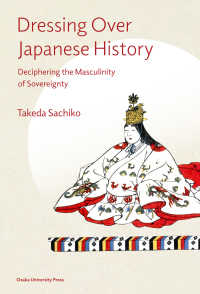- ホーム
- > 洋書
- > ドイツ書
- > Mathematics, Sciences & Technology
- > Biology
- > botanics
Full Description
Ethnobiology and Development in Asia: The Belt and Road Initiative offers a groundbreaking perspective on the interplay between traditional knowledge, cultural practices, and biological resources along historical and contemporary trade routes across Asia.








